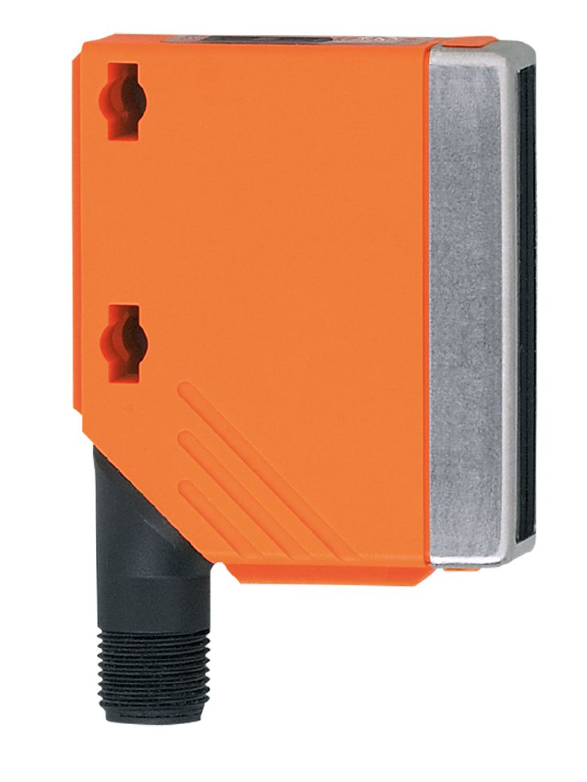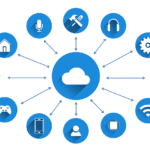Enhancing Precision and Safety in the Industry with Glass Detection Sensors

Glass detection plays a vital role in various industries, from manufacturing to food processing. It’s used in everything from windows and bottles to intricate electronic displays. The versatile nature of glass makes it a valuable material, but it also presents unique challenges when it comes to detection, handling, and processing. This is where glass detection sensors come into play, providing an essential tool for enhancing precision and safety in the industry.
Manufatures of Glass detection equipment
In today’s industrial landscape, sensors play a pivotal role in ensuring precision, efficiency, and safety. These sensors tackle specific challenges, from detecting transparent objects to delivering reliable solutions in various industries. In this overview, we will introduce four remarkable sensors, each with unique capabilities that cater to distinct applications. Let’s explore how these sensors are making a difference in the world of automation and industrial control.
IFM O5G500: Retro-Reflective Sensor for Transparent Objects

The IFM O5G500 is a retro-reflective sensor designed for the detection of transparent objects. It excels at accurately identifying transparent materials in various applications. For more details, you can visit the product page here.
SICK WL12G-3P2582S10: Photoelectric Retro-Reflective Sensor
The SICK WL12G-3P2582S10 is a photoelectric retro-reflective sensor with autocollimation technology. It offers a sensing range of up to 4 meters and is equipped with polarisation filters for enhanced performance. This sensor is adept at detecting transparent objects and features an AutoAdapt function. For more information, you can visit the product page here.
Omron E3S-DB: Reliable Detection of Transparent Objects
The Omron E3S-DB sensor has gained a reputation for its dependable detection of a wide range of transparent objects, such as PET bottles, glass bottles, and transparent trays. It offers the convenience of Smart Teach, making setup and optimal threshold adjustment a breeze. Additionally, the sensor features narrow beam types, enabling it to detect even the smallest gaps with precision. Notably, it has proven to consistently deliver reliable performance in the demanding Food and Beverage industry. For more detailed information, you can explore the product page by following the provided link here.
The Importance of Glass Detection Sensors
Glass is fragile, transparent, and can vary in shape, size, and thickness. These characteristics make it challenging for automated processes to detect, handle, and manipulate glass objects accurately. Glass detection sensors, designed specifically for this purpose, are instrumental in ensuring the smooth operation of various industrial processes. Here’s how they make a difference:
Accurate Detection:
Glass detection sensors leverage a range of cutting-edge technologies to ensure the precise identification of glass objects. Optical sensors utilize light beams to detect glass’s presence, while ultrasonic sensors emit sound waves and assess their reflection to detect and locate glass. Capacitive sensors, on the other hand, measure changes in electrical capacitance caused by the glass, aiding in precise position determination. This multifaceted approach guarantees that the automation system can respond with utmost accuracy, allowing for the seamless integration of glass components into various processes.
Preventing Breakage:
Glass is notoriously fragile and prone to breakage if not handled with care. Glass detection sensors act as guardians of these delicate materials. By continuously monitoring the presence of glass, they serve as sentinels for safety. If a potential issue arises, such as excessive pressure, vibration, or a collision, the sensor swiftly triggers safety measures. These measures can include adjustments in handling equipment, the halting of machinery, or signaling for human intervention. The outcome is the prevention of damage to the glass, thereby safeguarding its integrity and the avoidance of costly mishaps.
Quality Control:
In industries where glass components are vital, such as automotive and electronics manufacturing, maintaining impeccable quality is paramount. Even minor defects in glass can result in product failure or subpar performance. Glass detection sensors take on the role of meticulous inspectors. They scan the surfaces of glass components, scrutinizing them for any imperfections, whether it be scratches, cracks, or irregularities. This stringent quality control ensures that only flawless glass products progress down the production line, meeting the highest industry standards and customer expectations.
Improving Efficiency:
Automation systems equipped with glass detection sensors reap substantial efficiency benefits. By accurately and swiftly identifying the position and characteristics of glass components, these sensors enable precise positioning and manipulation. This precision minimizes any unnecessary delays or repetitive adjustments, optimizing the automation process. As a result, production times are significantly reduced, and resource waste is minimized. The combined effect is a more streamlined and efficient operation, leading to cost savings and increased output capacity.
Applications of Glass Detection Sensors
Glass detection sensors find applications in a wide range of industries:
- Automotive Industry: Glass detection sensors are used in windshields and rearview mirror installations, as well as in automated quality control for car windows.
- Food and Beverage Industry: They are used for detecting and handling glass bottles in bottling plants, ensuring safe and efficient packaging.
- Electronics Manufacturing: Glass detection sensors play a crucial role in the placement and quality control of glass components in electronic devices like smartphones and tablets.
- Pharmaceutical Industry: They are used in the handling of glass vials and containers in pharmaceutical manufacturing, ensuring product integrity.
- Construction: In the construction industry, glass detection sensors are used in automated window and door installations.
- Security Systems: Glass detection sensors can be integrated into security systems to monitor glass windows and prevent unauthorized entry.
Challenges and Innovations
While glass detection sensors have made significant advancements in recent years, challenges remain, particularly in detecting extremely thin or transparent glass. Researchers and engineers are constantly improving sensor sensitivity, accuracy, and adaptability.
Innovations like multi-sensor systems, combining optical and ultrasonic technologies, are becoming more common to address these challenges. Machine learning and artificial intelligence are also enhancing the capabilities of glass detection sensors, enabling them to adapt to various glass types and conditions.
In conclusion, glass detection sensors are indispensable in industries where glass is a critical component. Their ability to accurately detect, handle, and inspect glass objects not only enhances the efficiency of industrial processes but also contributes to safety and product quality. As technology continues to evolve, we can expect even more sophisticated glass detection solutions to revolutionize further the way industries work with this versatile material.

